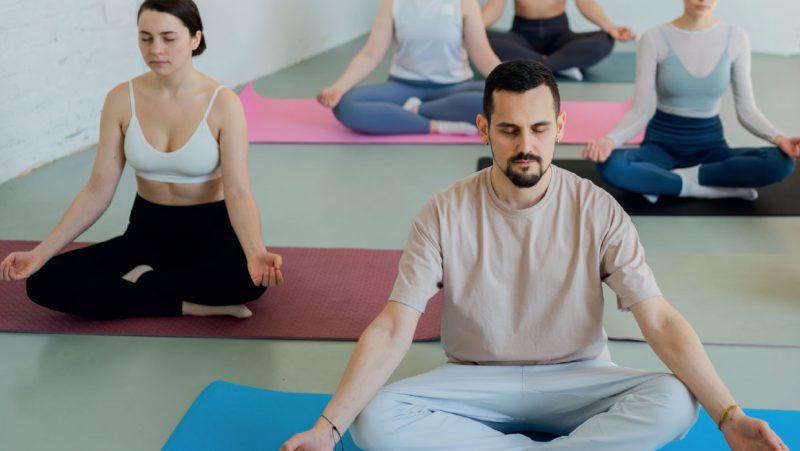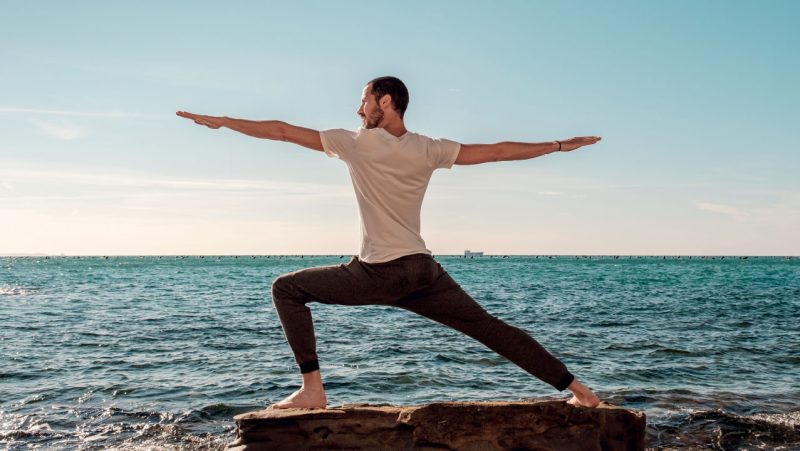
6 Tips for a More Present Yoga Practice
Discover Deeper Connections - By Allison Eaton
Reading time: 4 minutes
In our fast-paced world, finding moments of true presence can be challenging. Yet, it's in these moments of mindfulness where we discover the deepest connections to ourselves and our yoga practice. Here are six innovative tips to help you find your zen and bring greater presence to your yoga practice.
1. Set an Intention (Sankalpa) at the Start
Begin each practice by setting a clear intention, known in Sanskrit as Sankalpa. This is a positive statement or goal that reflects your deepest desires and aspirations. By doing this, you align your practice with your inner purpose, creating a focused and meaningful session. For instance, you might set an intention for self-love, healing, or gratitude. This practice not only grounds you but also provides a reference point throughout your session, helping to bring your mind back to the present moment.
2. Embrace the Power of Breath (Pranayama)
Breath, or Pranayama, is a vital component of yoga that connects the body and mind. Practicing mindful breathing techniques can significantly enhance your presence on the mat. Start with simple techniques like deep belly breathing or the Ujjayi breath (victorious breath). By focusing on your breath, you can calm your mind, reduce stress, and anchor yourself in the present moment. Over time, you'll find that your breath becomes a natural guide through each posture and transition. Or you can also join a yoga class near you where a teacher can teach you, how to embrace the power of breath.
3. Incorporate Mindful Movement
Mindful movement involves paying close attention to how your body feels as you move through each pose. Instead of rushing through your practice, slow down and savor each transition. Notice the sensations in your muscles, the stretch in your limbs, and the grounding of your feet. This heightened awareness helps you to stay connected to your body and enhances the meditative quality of your practice. Remember, yoga is not about achieving the perfect pose but about experiencing the journey within each movement.
4. Use Props to Deepen Your Practice
Props can be incredibly useful in bringing more presence to your yoga practice. Blocks, straps, and bolsters support your body, allowing you to hold poses longer and with greater ease. This can help you focus on alignment and breath rather than straining to maintain a posture. For example, using a block in Trikonasana (triangle pose) can provide stability, allowing you to open your chest more fully and breathe deeply into the stretch.
5. Practice Gratitude and Self-Compassion
End your practice with a moment of gratitude and self-compassion. Reflect on the effort you’ve put in, the progress you’ve made, and the simple fact that you showed up for yourself. This practice fosters a positive mindset and reinforces the idea that yoga is a journey of self-love and acceptance. By cultivating gratitude, you create a positive feedback loop that encourages you to return to the mat with a joyful heart.
6. Integrate Meditation and Stillness
Incorporate moments of stillness and meditation into your practice. Whether it's sitting quietly before starting your asanas or taking a few minutes in Savasana (corpse pose) at the end, these moments of stillness are crucial for integrating the physical and mental benefits of your practice. Meditation helps to quiet the mind, enhance concentration, and deepen your connection to the present moment. Even a few minutes of mindful stillness can leave you feeling rejuvenated and centered.
Conclusion
Bringing greater presence to your yoga practice is a journey that unfolds with each session on the mat. By setting intentions, embracing mindful breathing, using props, and incorporating moments of gratitude and meditation, you can transform your practice into a deeply fulfilling and mindful experience. Remember, the goal of yoga is not perfection but presence. Embrace each moment, and you’ll discover a richer, more meaningful practice.





